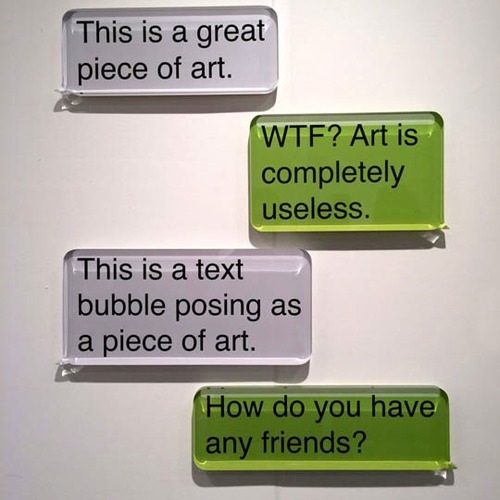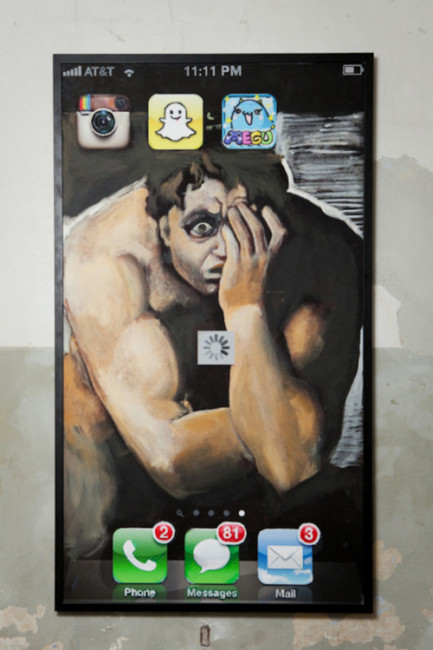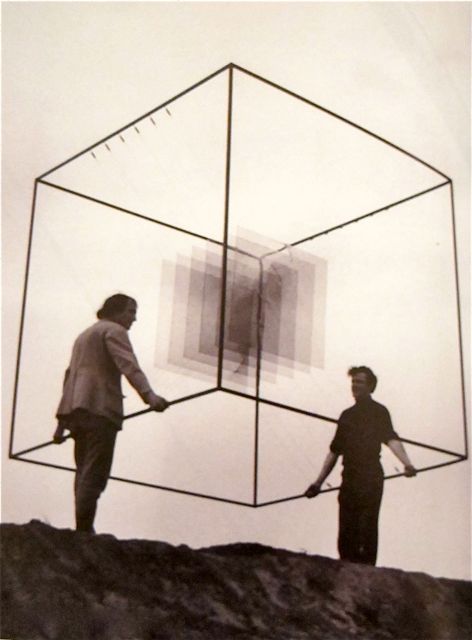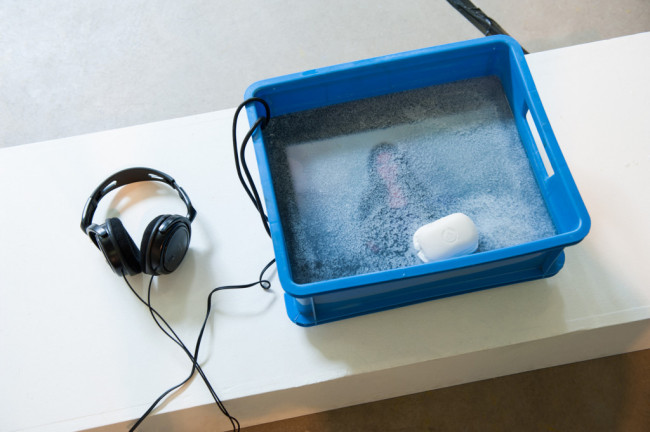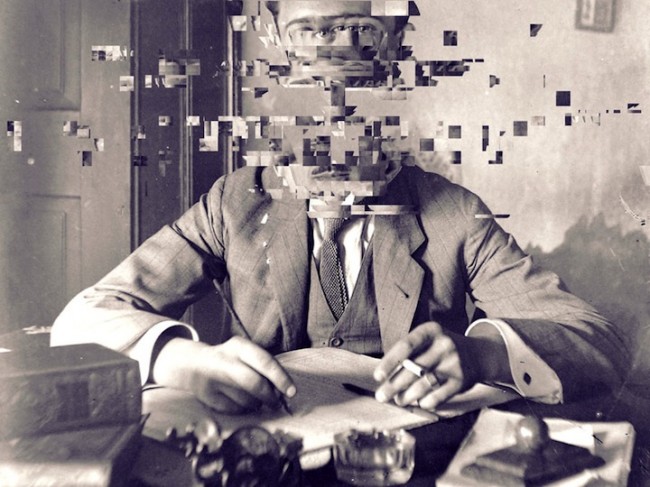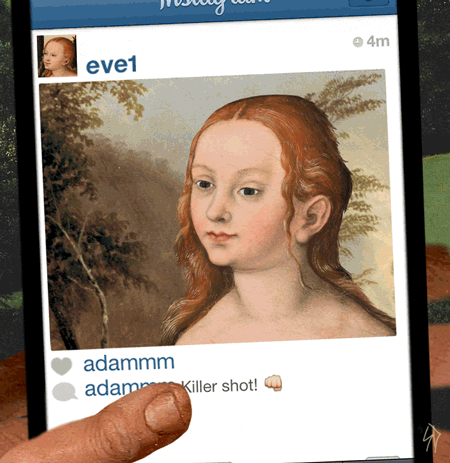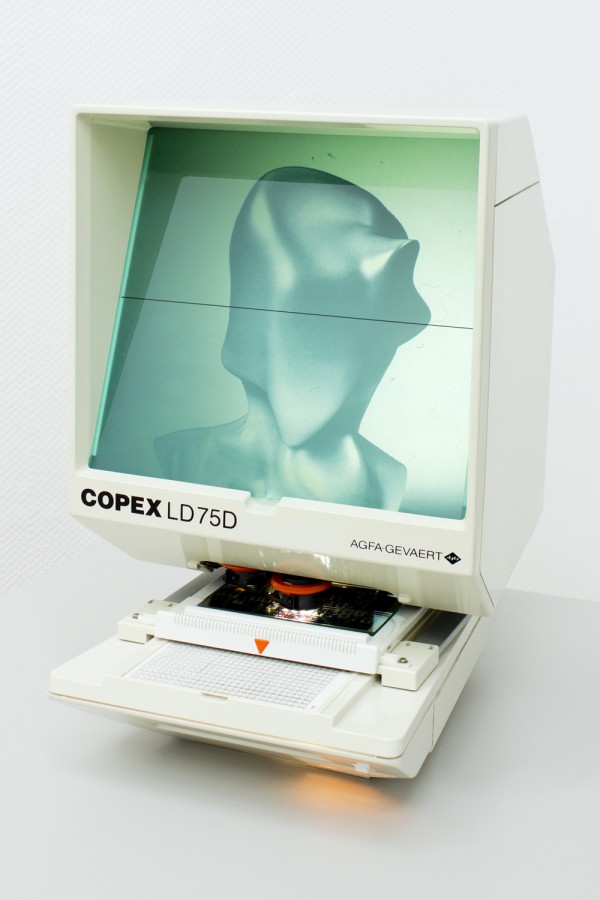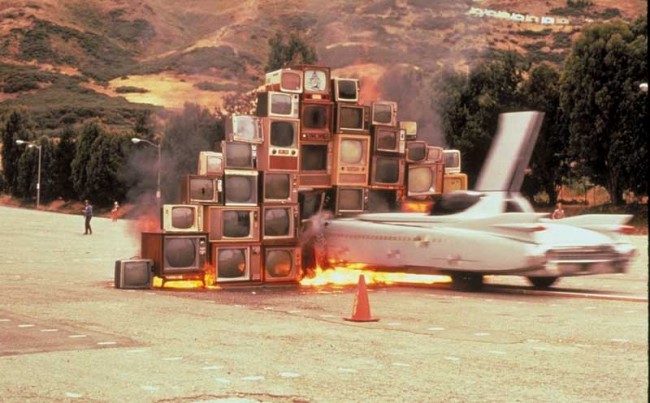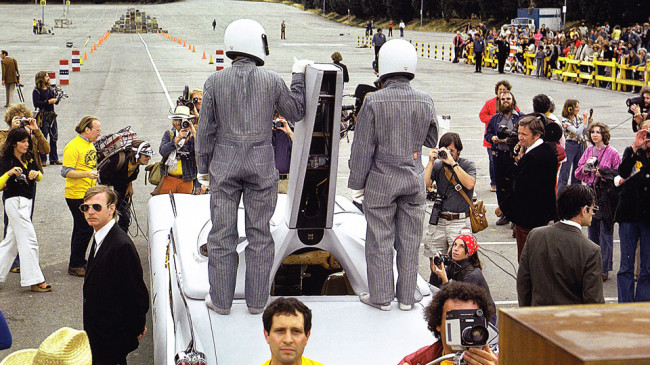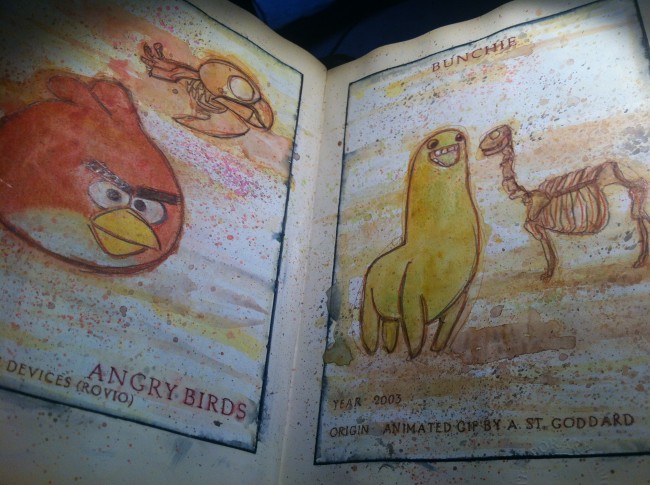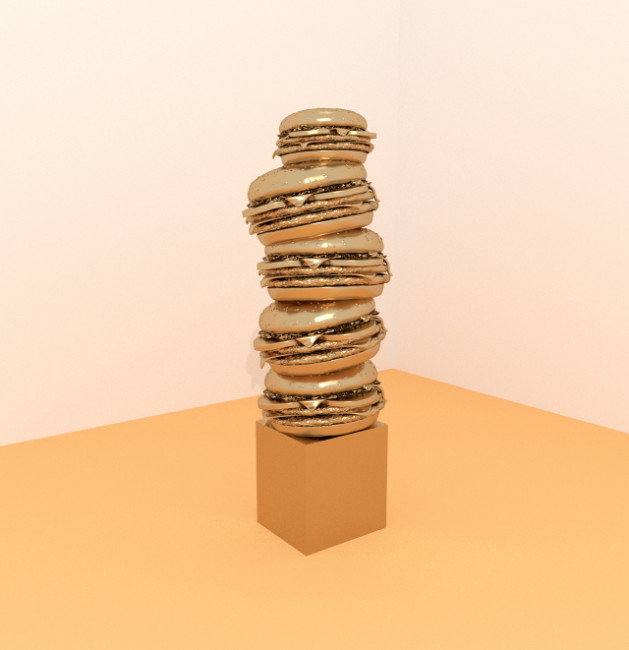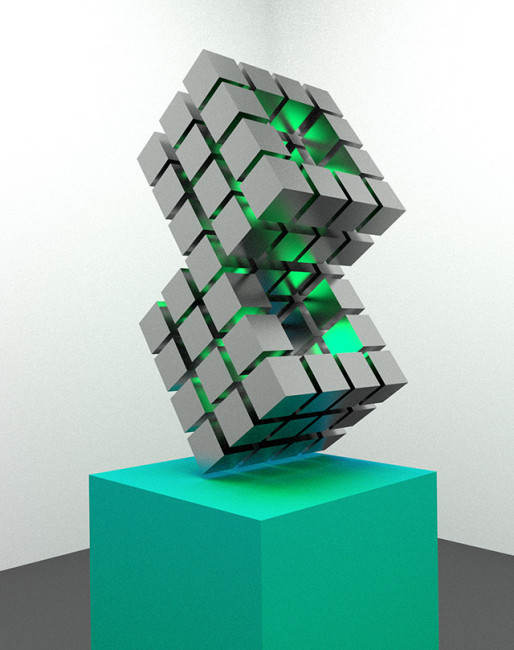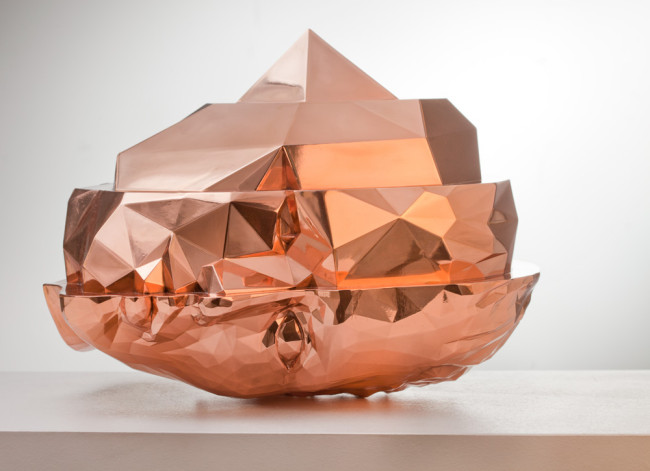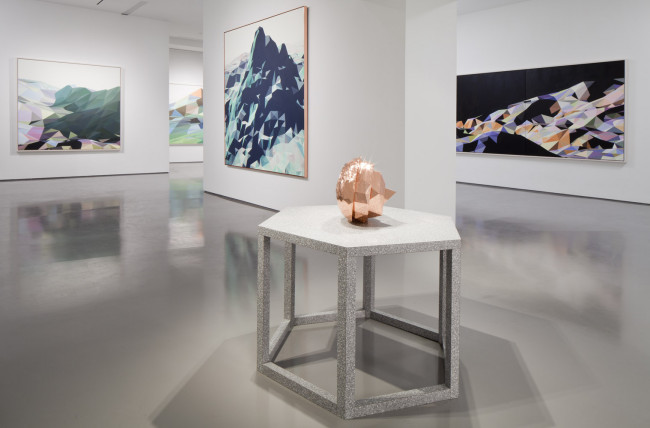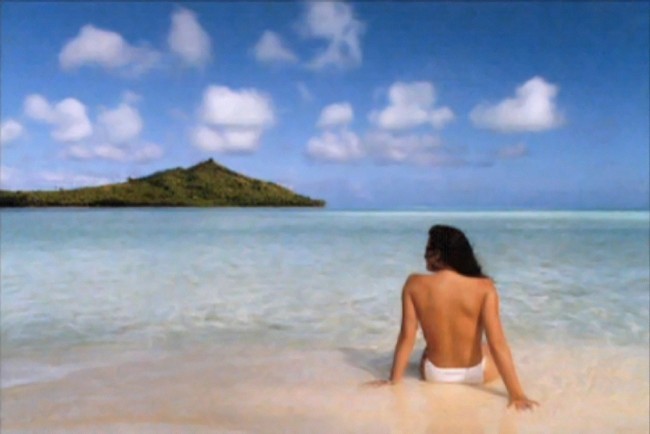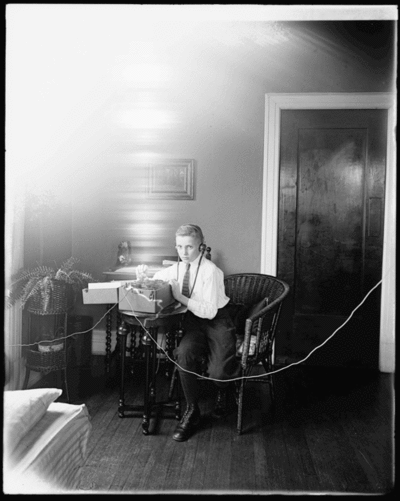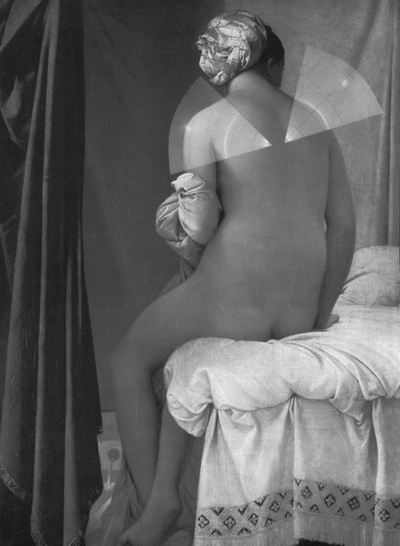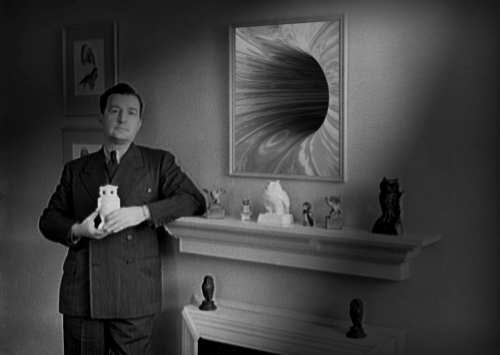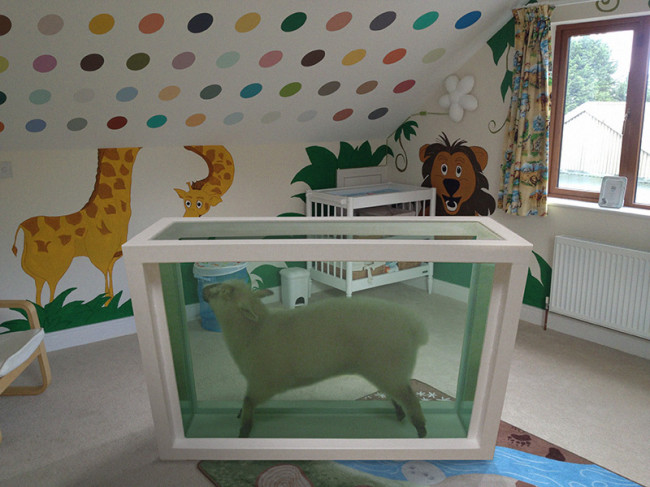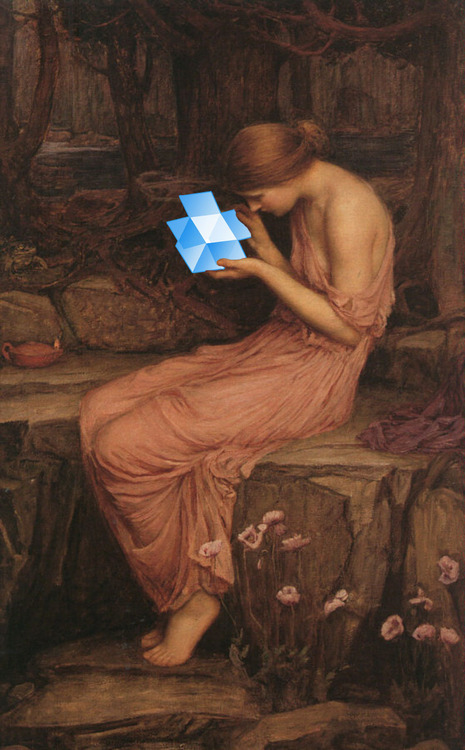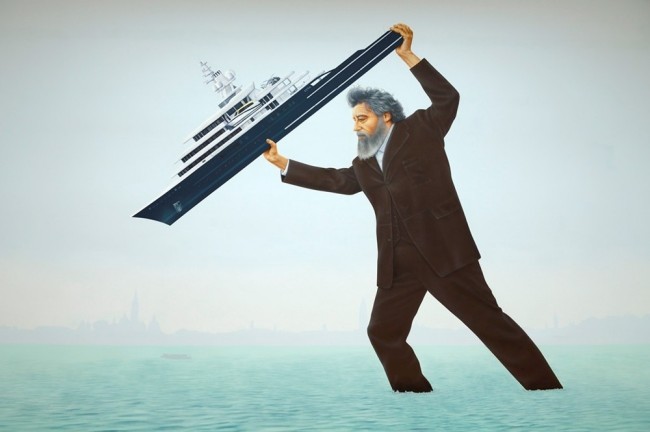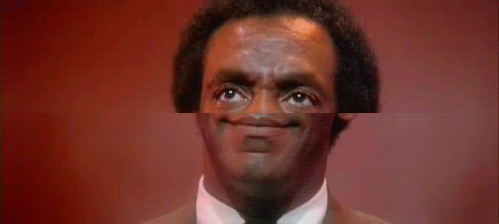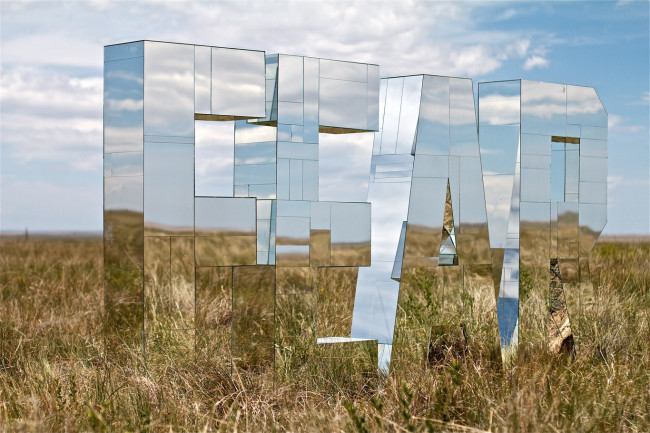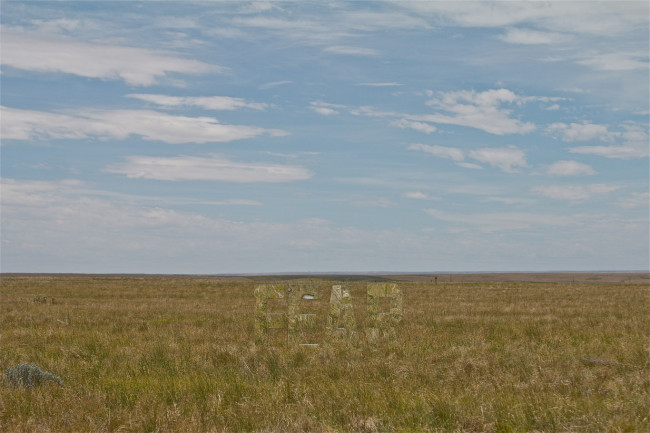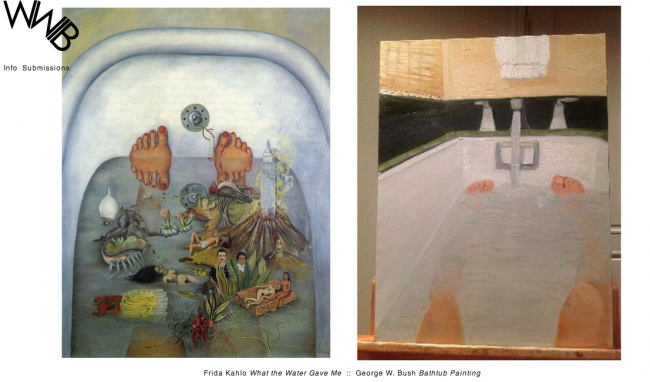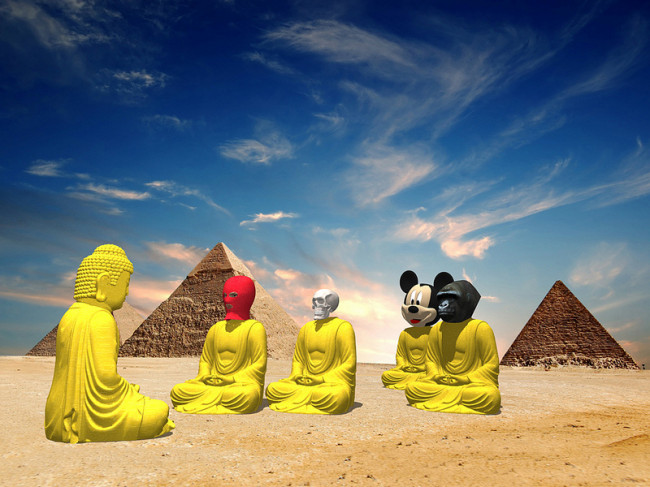
“ARTOMAT is a system for the automated production of art. Select an object, apply certain methods to it, combine it with another object, place it in an appropriate space, and your unique work is ready!
In our era, there are evermore products, both material and virtual, that are created entirely or to a large extent through automated processes. Art is the last bastion where one-off, unique products are made. What’s more, they are linked to the myth of the individual “internal world of the artist.” Nevertheless, if we closely observe the processes that have been underway in art in recent decades, we can see that behind the apparent variety in the works that are appearing lies a fairly limited selection of algorithms employed in their creation:
— taking something small and powerfully magnifying it;
— taking a single object and multiplying it;
— taking a large object and turning it upside down;
— building a recognizable object from “inappropriate,” paradoxical materials, or covering it in a strange pattern or colour;
— taking two or more objects from different, unconnected contexts and combining them;
— recombination — deconstruction with subsequent “inappropriate” assembly.
The ARTOMAT works by employing algorithms akin to those given above and generating art in an automated or semiautomated mode. The viewer becomes a user-artist, creating genuine works of art to suit his or her own taste. Hooked
up to a 2D or 3D printer, the ARTOMAT allows material objects to be created — pictures and sculptures. Thus, the entire production cycle for the creation of the work is automated, from conception to realization.”
ARTOMAT is a project by Aristarkh Chernyshev and Alexei Shulgin, 2013. See a gallery here.
